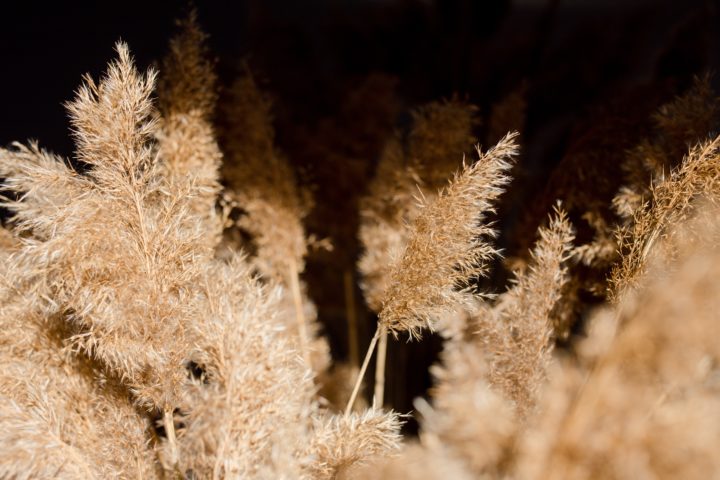The following contribution is from another author.
Pampas grass is an ornamental grass that is found in many landscapes. This attractive grass is quite easy to grow, but you have to know more about it before you begin planting the grass around your home. You can also find pampas grass for sale at gardeners dream online instead of looking for it in the wild or at a specialised market or nursery.
You should avoid planting pampas grass just because it looks good, however. Remember that it’s a fast grower and can quickly become pretty large and even invasive.
This post discusses pampas grass and how you can grow and care for it.
Understanding pampas grass
The common name for pampas grass is Cortaderia selloana. This is an ornamental and flowering plant that is native to Brazil, Argentina, and other parts of South America, and is grown worldwide. Pampas grass is in the Poaceae family, so it’s related to wheat, rice, and bamboo.
You can identify this flowering plant by its height, which can be between 4 and 13 feet, as well as by its feathery plumes of flowers. Also, pampas grass has yellow or green saw-toothed leaf blades that have razor-sharp edges. These edges form tufted clumps known as tussocks.
Planting pampas grass
There are 25 varieties of pampas grass that are within the Cortaderia selloana species. The most common variety is Gold Band, which is recognised by its white plumes. Another one is Pink Feather, which is a pink pampas grass that has rose-colored blooms. You can also find dwarf pampas grass.
There are also two pampas grass plants that don’t belong to the selloana species at all. These pampas grass plants are Cortaderia jubata, also called purple or Andean pampas grass, and handy pampas grass (or Saccharum ravennae).
It’s worth mentioning that pampas grass is considered to be perennial grass. This means it can grow dormant in winter months, while new growth happens in the early spring. You can grow this grass for fruit production, but you need to plant separate female plants and male plants together for pollination.
When you have good pampas grass seeds, you can take them indoors and press them into cell flats or packs that have well-draining soil. Also, if you make sure that they receive a lot of warmth and light, you can then transplant the female plants seedlings. The female plants tend to have fuller plumes but they don’t produce seeds.
You can choose to overwinter this plant indoors with the correct combination of light and sun, though it can sometimes be less effective and will need plenty of space. This is because pampas grass has a lot of height.
When the weather conditions are right to plant pampas grass, you should choose a site. Keep in mind that this grass needs plenty of sunlight to grow, so you should choose an area that receives a lot of light each day. Pampas grass can also grow well in partial shade, but the plants might be less healthy.
Also, pampas grass is a self-seedling and invasive plant. This means a single plant may produce a lot of seedlings each year. The wind can carry these seeds and then they can grow anywhere they land.
















